The most momentous as well as culturally significant aspect of self-expression which is often used as a tool for influence- Fashion.
Fashion comprises a great amount of power- the biggest fashion icons such as Billy porter, and Princess Diana have donned outfits that confine cultural significance and influence so many people.
When speaking about British fashion, the industry has established a high influence upon the global fashion world from the beginning. So today we will be exploring how British fashion revolutionized our industry.
A timeless history of the Fashion Revolution
Now it’s the time to look back at the evolution of the British fashion industry and predict what's in store for the future.
Remember that the British style had an outsized cultural impact even before this time. From medieval England to the Tudor period and on into the Victorian era, fashion revolutionized drastically. In recent years, members of the British royal family like Princess Diana, Kate Middleton, and Meghan Markle have become style icons thanks in large part to their influence on the fashion industry at large.
Style in the 19th Century
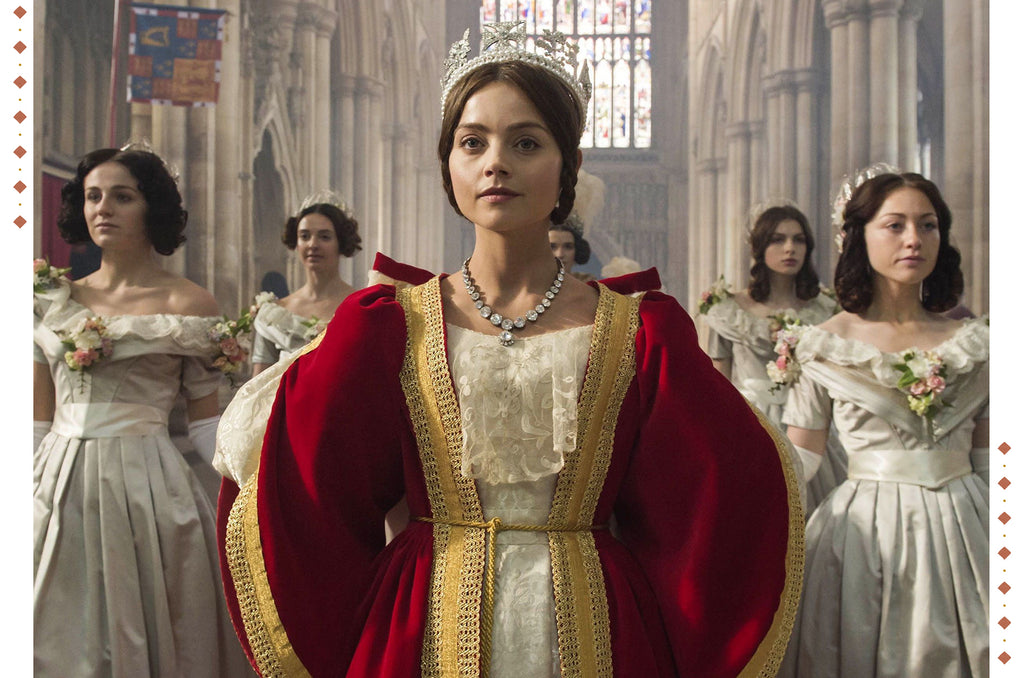
Clothing for both sexes was modernized at the close of the 18th century. Men's tailcoats were shortened and women's corsets and ball gowns were simplified, but both remained popular.
London's textile industry flourished as ships brought in raw fabrics and colors from all over the British Empire. The widespread availability of sewing machines also contributed to post-Victorian women's increased confidence in expressing their individuality through their attire.
Style in the Roaring Twenties
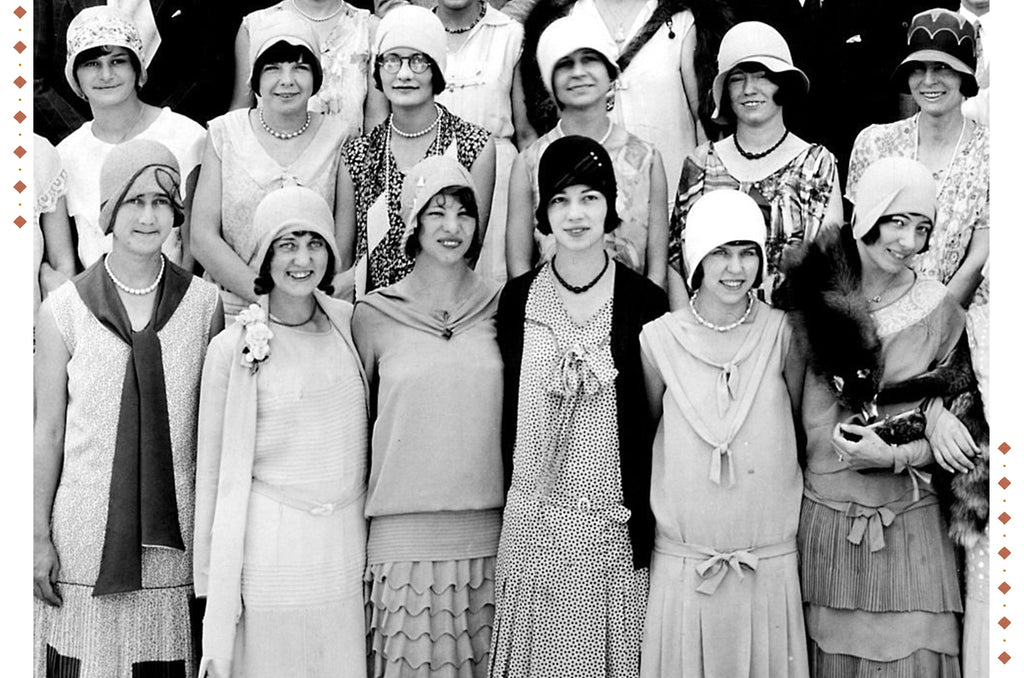
The end of World War I ushered in a period of wealth and freedom that set the stage for the roaring twenties, one of the most iconic decades in British design. The discovery of King Tut's tomb in 1922 sparked a newfound interest in ancient Egypt, which in turn influenced fashion.
Even though the military uniforms of the previous decade were no longer fashionable, many partygoers still sought out clothes with at least some functionality. Flapper dresses, characterized by their low waistlines and elaborate embellishments, were a popular choice for women, while men began to experiment with brighter suits and bow ties.
Vintage 1950s fashion

The nipped waist and voluminous skirt dress, popularised by Christian Dior, was the most popular style for ladies in the 1950s. Dresses and skirts tended to become skinnier and more fitted as time went on.
Of course, suits kept their place as the backbone of men's fashion, but a new "Teddy Boy" style evolved as a result of working-class rebels being influenced by Hollywood stars like James Dean. In general, this meant wearing tighter-fitting pants, jackets, and blazers like velvet and brocade, and a waistcoat that was even wider than usual.
Style in the '90s
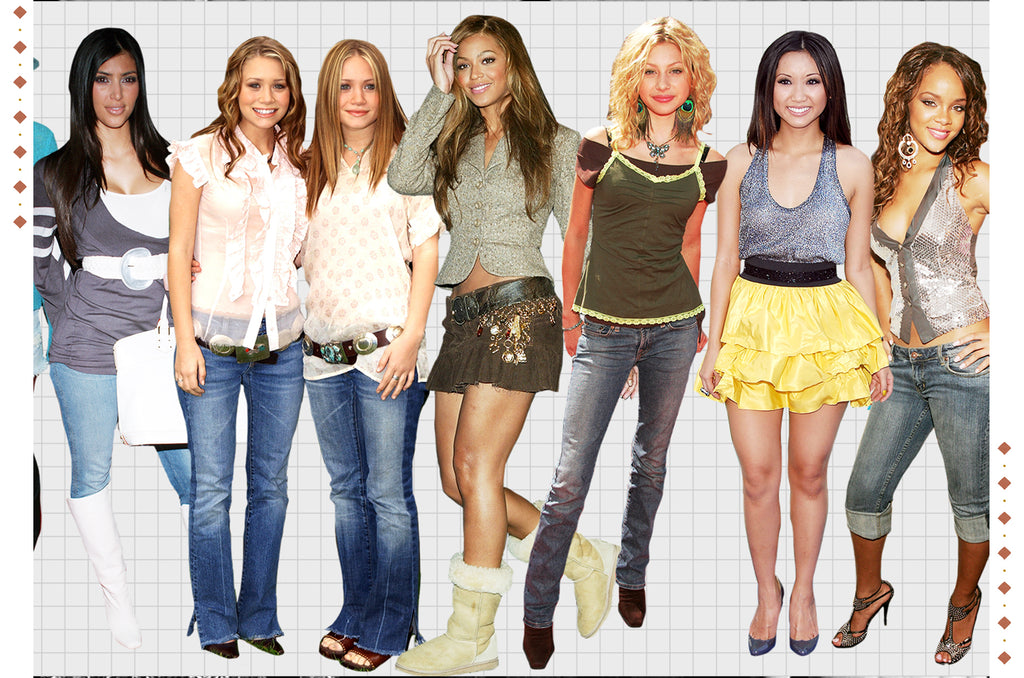
In the 1990s, fashion became much more relaxed, with both sexes opting for looser fits and more baggy clothes. Biker shorts and oversized sweatshirts, once considered men's clothing, have recently gained popularity among women. Used and vintage clothing, sometimes with a grunge influence, also experienced a resurgence in appeal.
Men's fashion was also impacted by the grunge era and bands like Nirvana, with flannel shirts, jeans, and converse shoes becoming increasingly commonplace.
Clothing and hairstyles of the 2000s
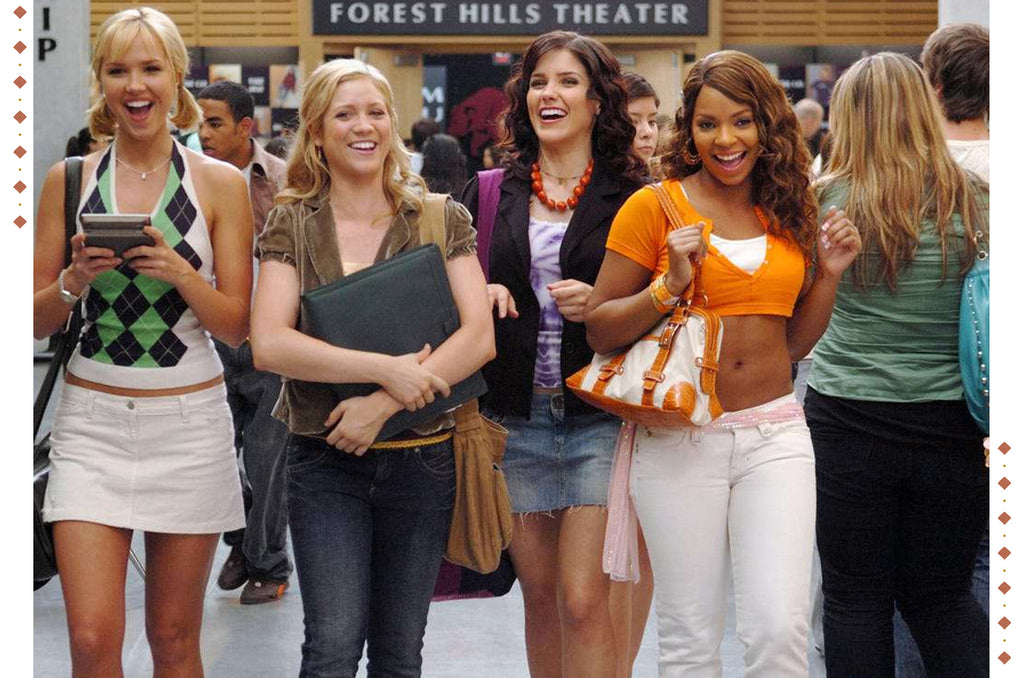
Fast fashion, popular in the UK and elsewhere in the West at the time, emerged at about this time. Rapid and cheap production of wholesale fabrics in bulk led to an influx of clothing lines heavily influenced by celebrity style. There has been a resurgence of the '00s fashion staples like mesh tops, wide-leg pants, and t-shirts with embellishments.
In the '90s, fashion took some bolder risks than ever before. We saw a growth in alternative trends like the emo style and scene, as well as certain trends that were inspired by the 1980s, such as neon, and geometric patterns. Do you know, popular noughties fashion trends in the UK include skinny jeans, ugg boots, and thick belts?
What to wear in 2010

This decade marked the beginning of a radical shift in the way clothes are worn, created, and advertised in the fashion industry. Sustainability and eco-friendly fashion have emerged as a result of the growing popularity of social media and influencer culture.
Nonetheless, there have been a few noteworthy developments throughout the past decade. Festival fashion with fringe and flower crowns, millennial pink everything, and the rise of the trainer are just a few examples of the constant evolution of clothing trends, which also include the recycling of styles from earlier decades.
Present-day trends in British style
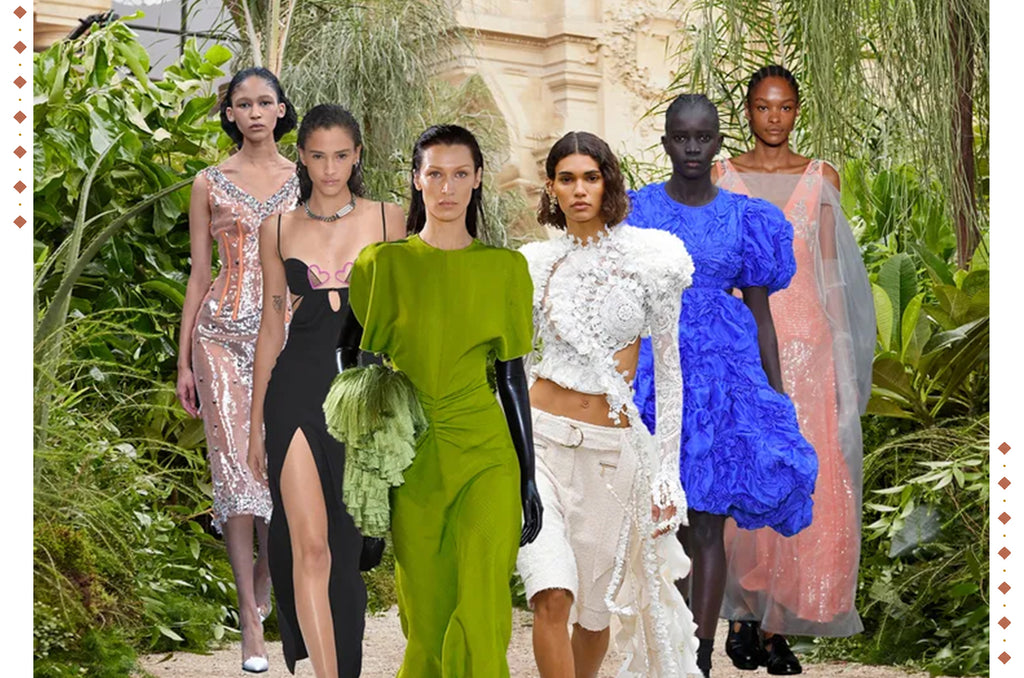
There has been a shift toward sustainability, waste minimization, and the use of high-quality apparel since the end of the 2010s. But as the fast fashion empire has expanded, the struggle between these two schools of thought has entered the 2020s and beyond.
FAQ
What is the fashion industry missing?
The energy in their work and the possibility to touch the product or fabric are some of the few things that the fashion industry is missing.
What is the 3 key influence on fashion?
Fashion forecasts, fashion designers, and the economy of the country are 3 key influential aspects of fashion.
We also happen to be a magnet for suggestions, and would love to catch yours….throw us yours on hello@fabriclore.com

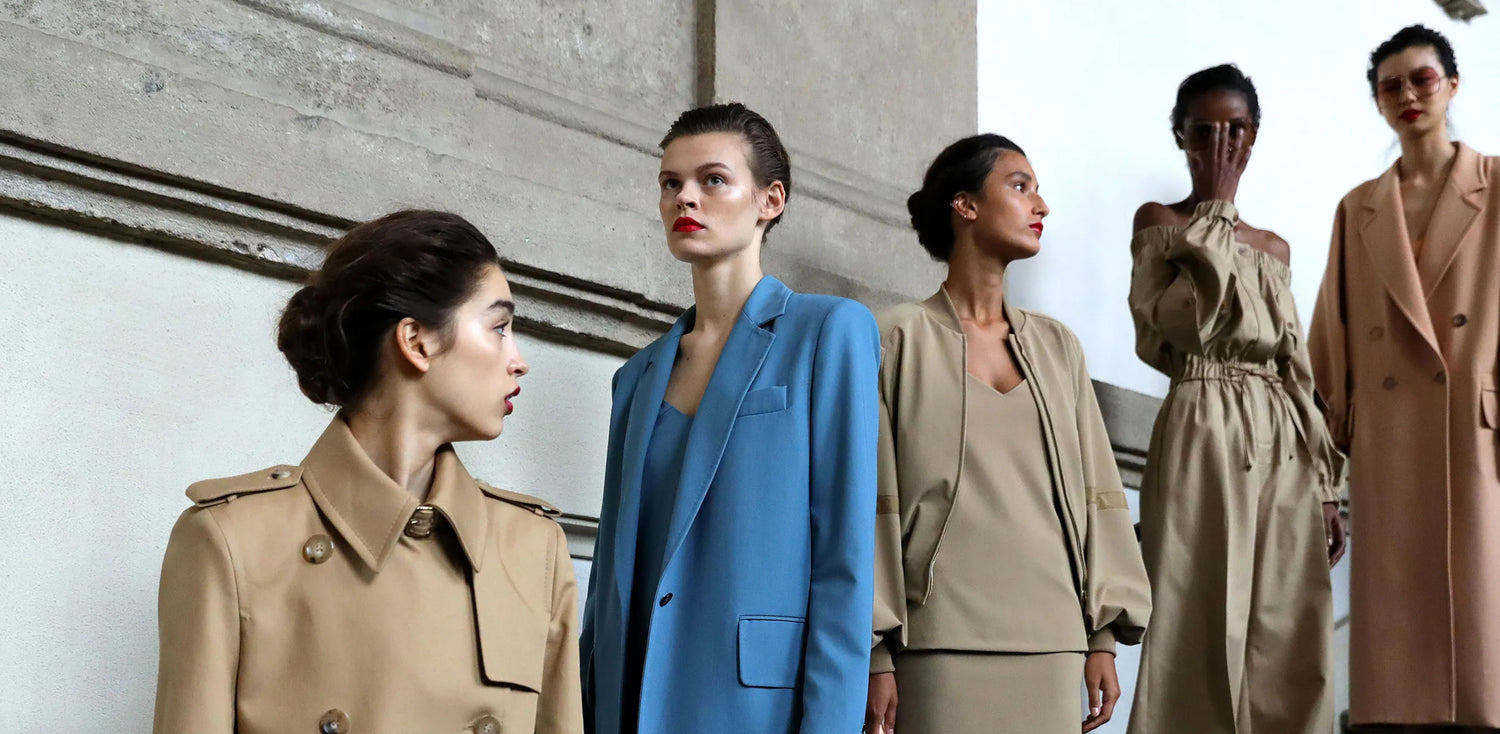
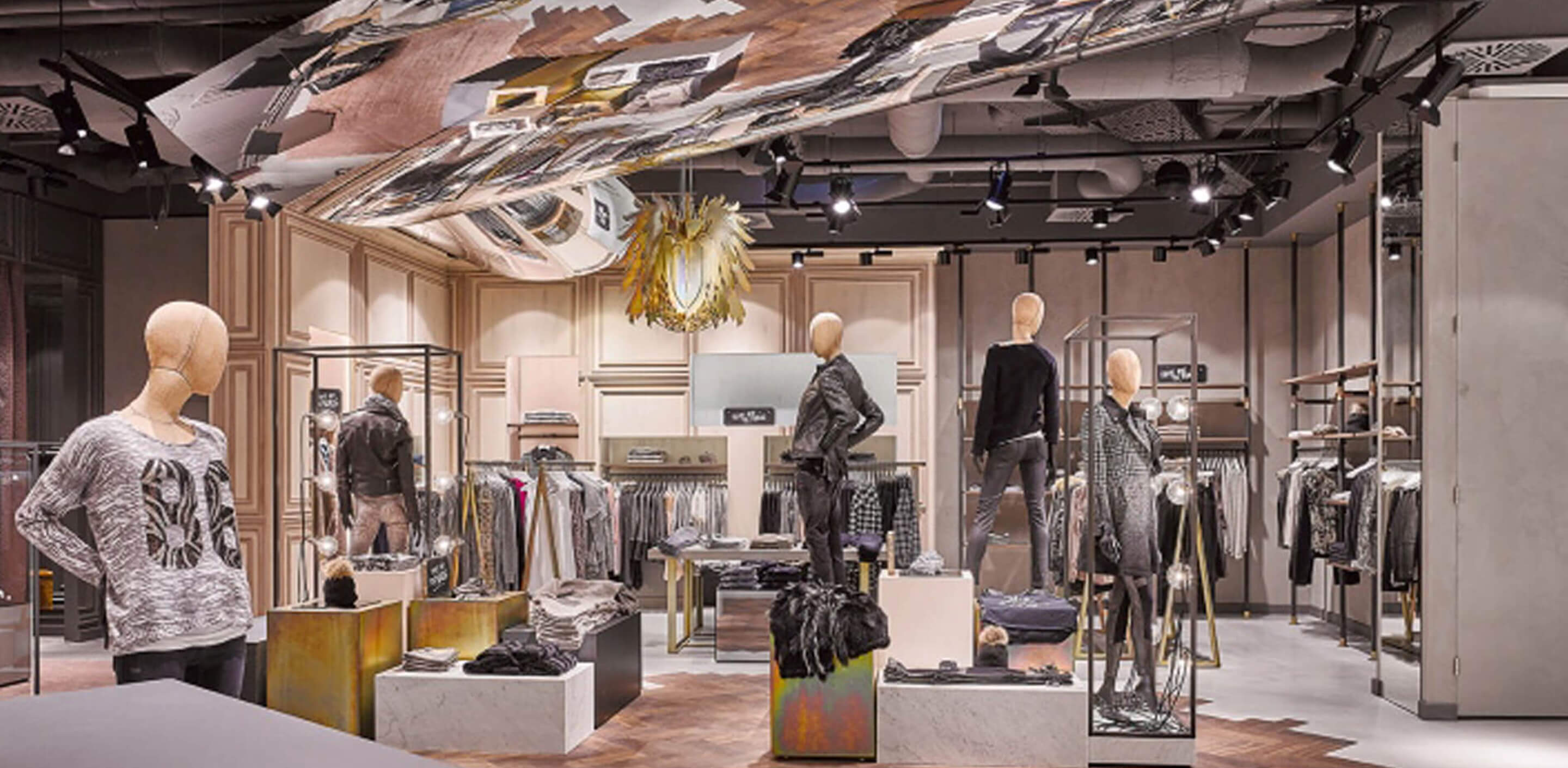
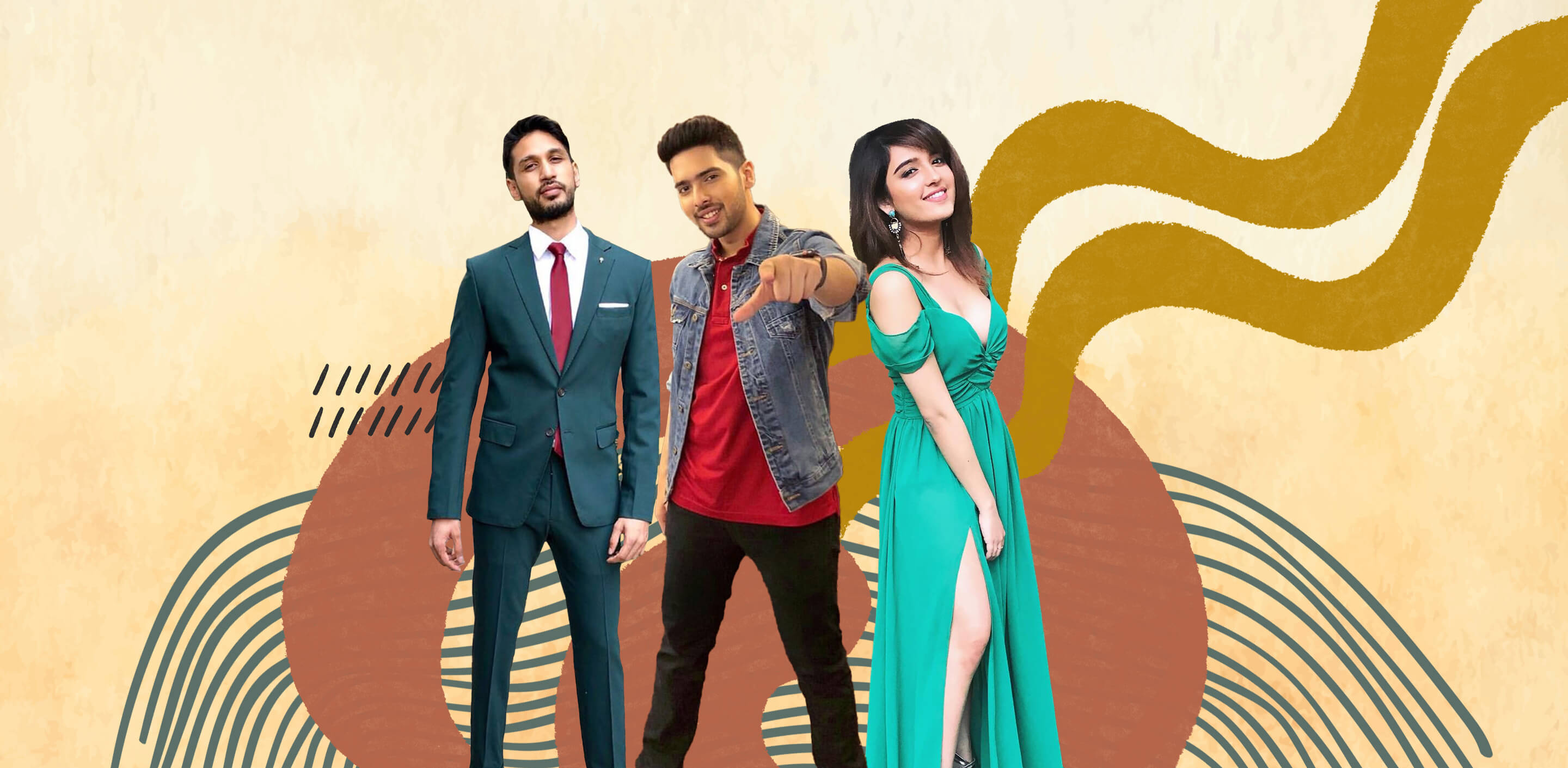
Leave a comment
This site is protected by hCaptcha and the hCaptcha Privacy Policy and Terms of Service apply.